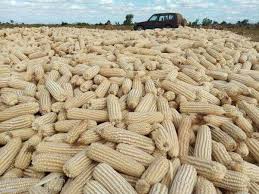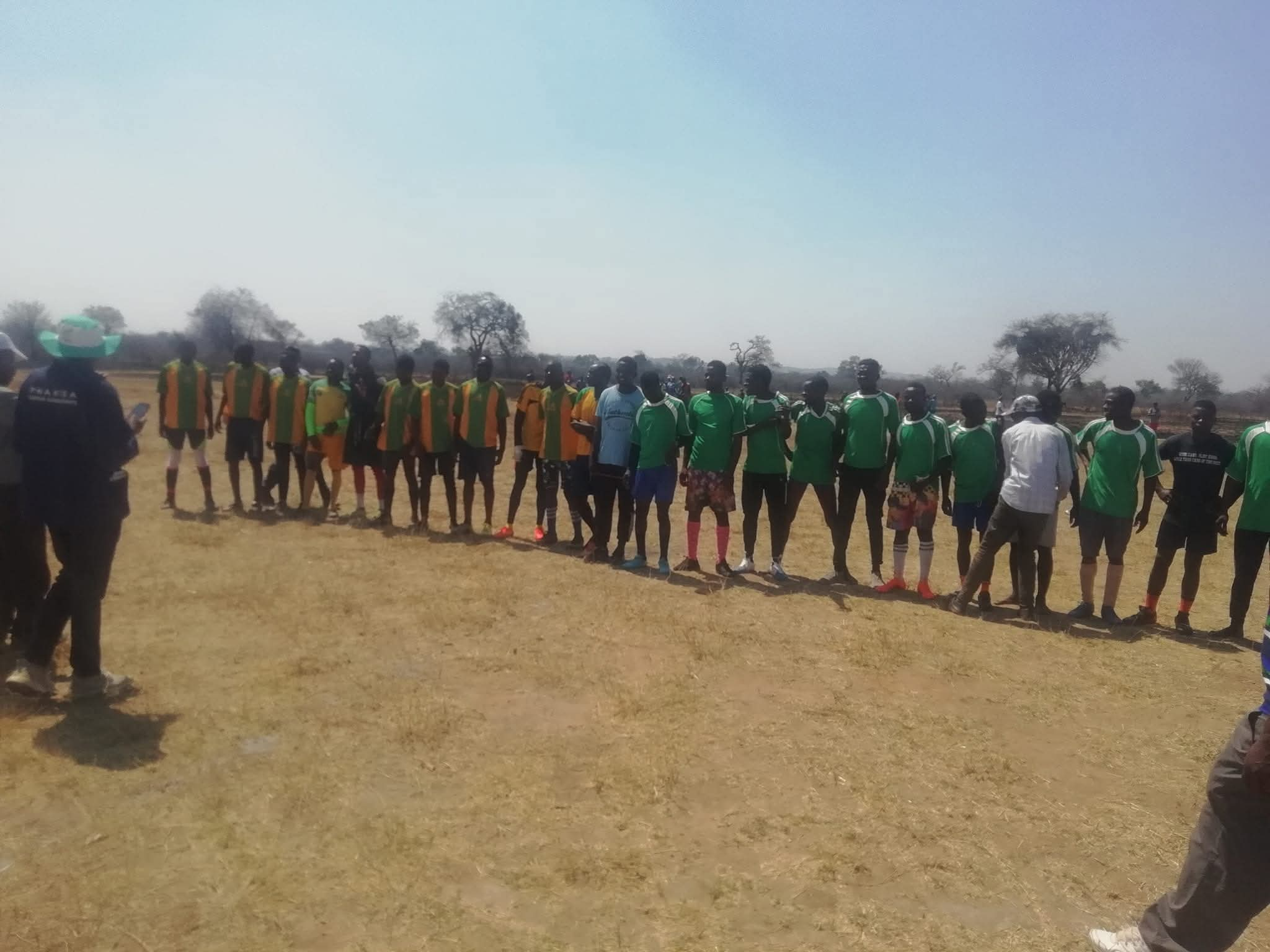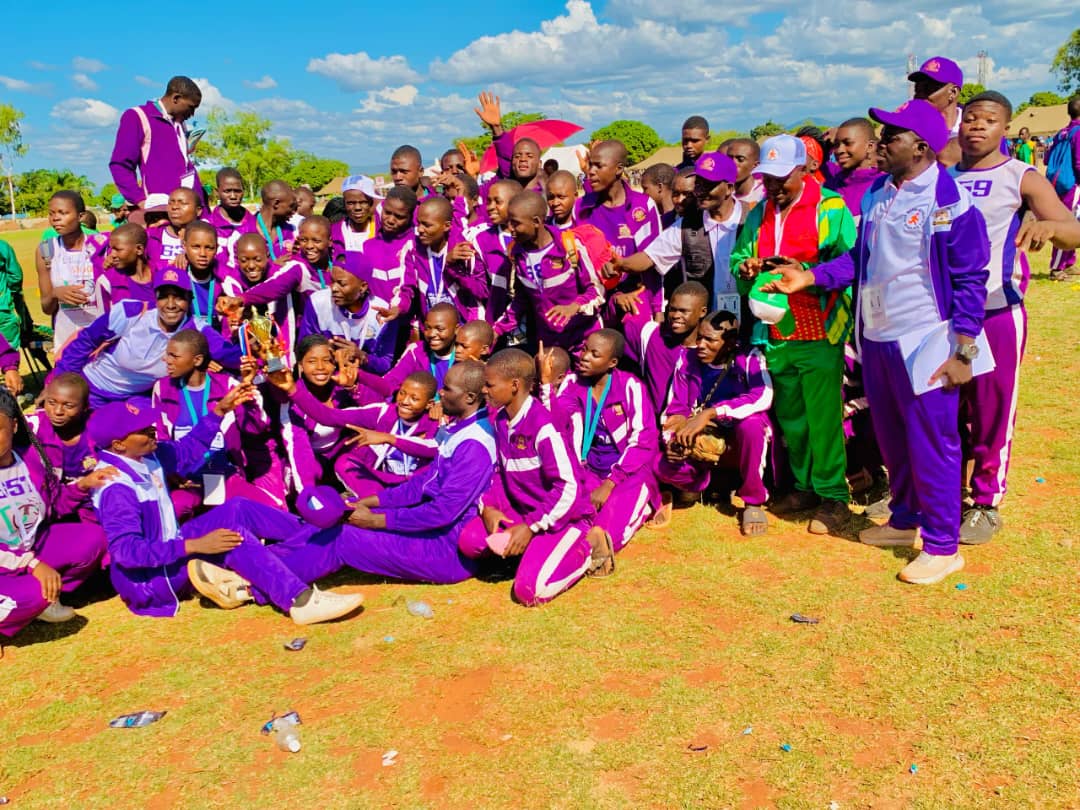Anesushe Mamhute
Some farmers in Chiredzi are no longer discarding anything after harvesting sugarcane apparently after realizing that the trash can be turned into good feed for cattle, sheep and goats.
Sugarcane trash is largely made up of tops, leaves and leaf sheaths which many farmers burn after each harvest.
Though Chiredzi is a semi-arid district which ordinarily receives below optimal rainfall per season, the previous season was direr, and this has resulted in less pastures.
Among farmers who are gathering sugarcane trash that gets cut off during harvesting is Farai Musikavanhu who says the drought had taught him to make full use of all resources available.
“Nature oftentimes deals us a strong hand especially in view of the climate change which we now endure. Being in agro-ecological farming region 5, we are particularly vulnerable as a district because we receive minimal rainfall even in a good season. The answer to this is to adapt by making full use of the resources at our disposal,” said Musikavanhu.
Being director of Puwevhu Enteprises, a diversified agro business, Musikavanhu said the sugarcane tops offered a means for farmers to sustain their livestock in lean seasons.
Musikavanhu is baling cane tops (pictured) for stock feed at his farm, and he hopes to develop a Lucerne grass project to widen his options.
Phillip Nduna, a Boer goat farmer in Buffalo Range, said he had since discovered that under these difficult conditions, sugarcane trash offered a reprieve.
“Sugarcane tops are rich in fibre, protein, and minerals like calcium and phosphorus. They serve as a vital feed source during dry seasons when other forages are scarce,” Nduna said.
Droughts in Chiredzi always a factor in crop failures, reduced yields, livestock deaths, and decreased levels in water bodies.








